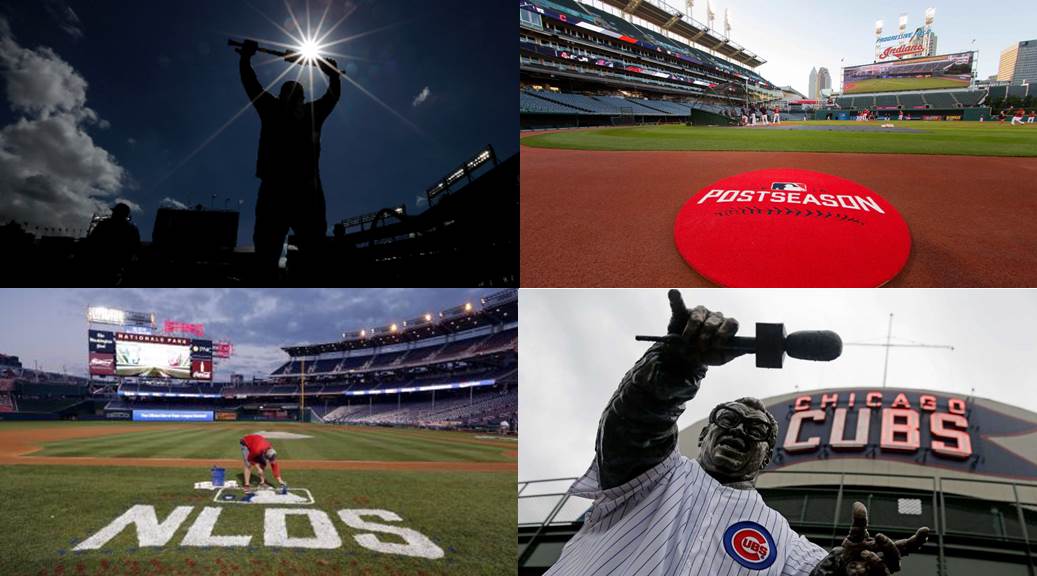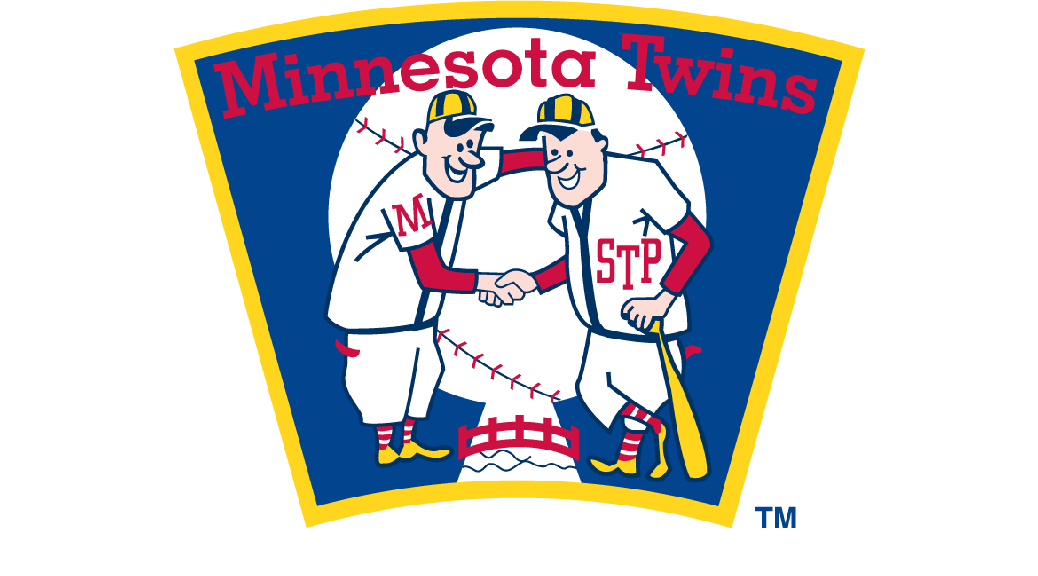The prediction spreadsheet is available. Let me know if I made any errors in copying your predictions.
All posts by sean
2016 Division Series Day 2
Blue Jays at Rangers, Happ v Darvish, in progress.
Red Sox at Clevelanders, Price v Kluber, 3:30 p.m.
Dodgers at Nationals, Kershaw v Scherzer, 4:30 p.m.
Giants at Cubs, Cueto v Lester, 8:00 p.m.
2016 AL Division Series Games 1
Blue Jays at Rangers, in progress, Cole Hamels v Marco Estrada
Red Sox at Clevelanders, 7:00 p.m., Rick Porcello v Trevor Bauer
Your 2017 Twins Are…
Forking off the discussion to here...
Here's my barely half baked attempt at a 2017 lineup.
Listing it out...
Catcher: ???
First: Mauer.
Second: Dozier.
Third: Sano. UZR had him as a plus fielder there this year and last.
Shortstop: Polanco? UZR did not like his fielding at short.
Right: Kepler.
Center: Buxton.
Left: ???
Suzuki's option did not vest so I think that makes him a free agent. That leaves Murphy as the catcher to start the season. Grossman is the obvious one to put in left but, well, gross. Maybe Rosario instead? Scouts never liked Polanco's fielding at short and the metrics agree with them. Escobar would then be the shortstop but he needs to bring back the 2015 version.
2016 Game 140: Royals at Twins, in progress
Game in progress! Dozier does not have a home run. Butera does.
September 6, 2016: Dozier
As discussed in yesterday's game log, Dozier has a good chance at making MLB history. He has a great chance at joining Killebrew in the 40 home run plateau. It's a positive so I added a count-up to the sidebar so there would be something to celebrate about this season.
September 5, 2016: Labor Day
Summer is over, minor league seasons are over, back to school.
August 29, 2016: Coffee on a Stick
Turns out, you can have a coffee on a stick.
2016 Game 94: Minnesota Twins at Detroit Tigers
Game and Pauer in progress.
2016 Game 92: Twins at Tigers
The Ryan-less, but still the exact same team, Twins take on the Tigers.
Game already in progress and Twins already down.










